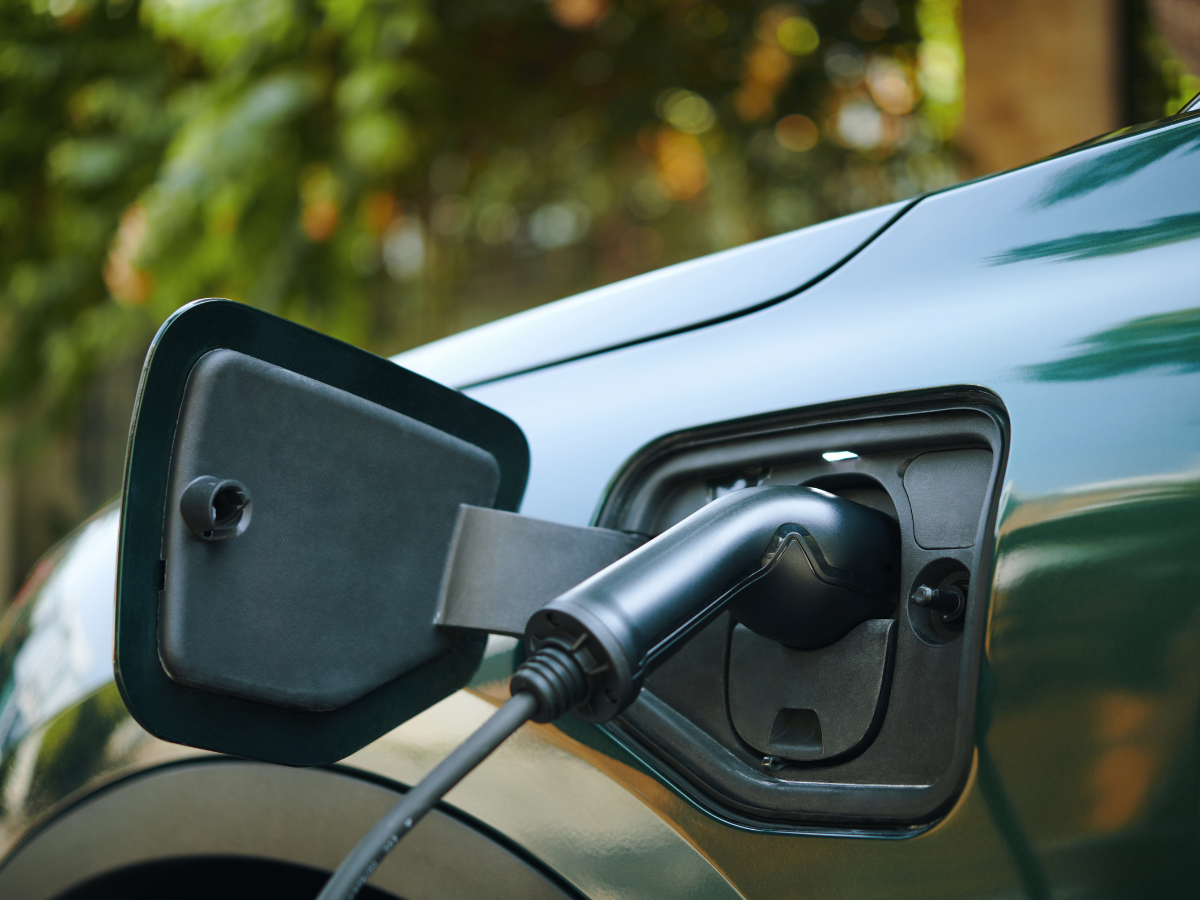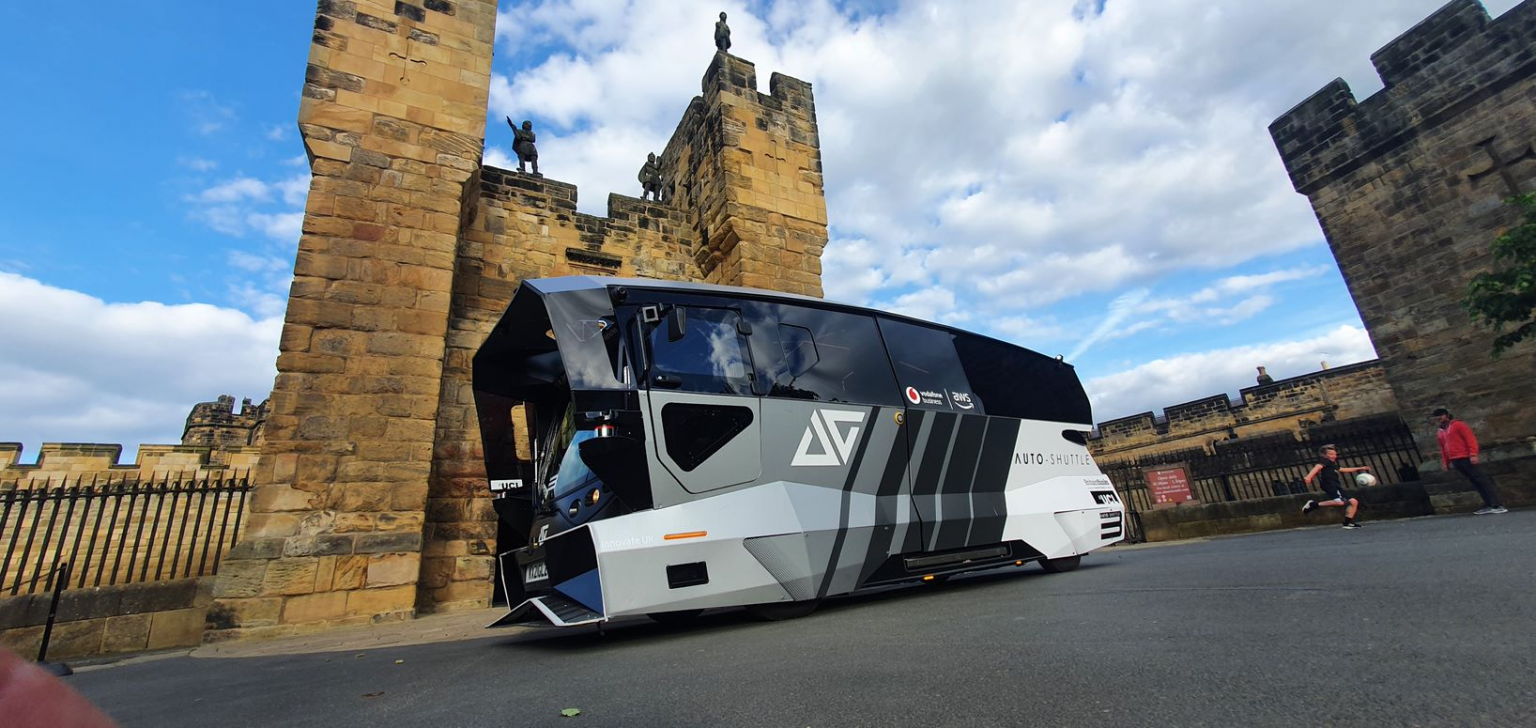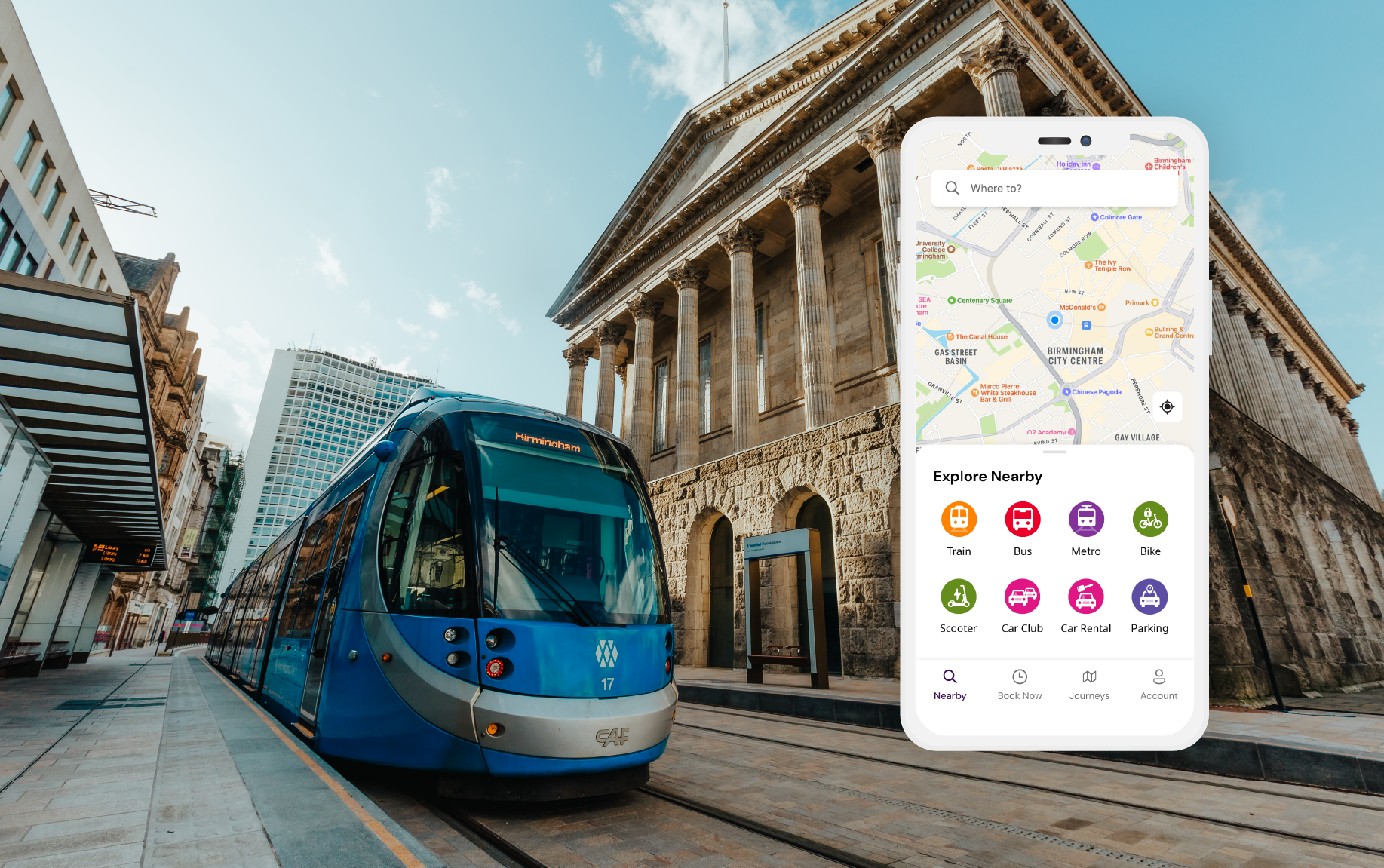Redbridge Council has chosen Siemens and ubitricity to expand the borough’s electric vehicle charging network.
In total, more than 300 new on-street charge points are to be installed.
The 310 chargers will be lamp post charge posts. As part of the project, local residents will be able to provide feedback to select the best locations for the on-street charge points. Lamp post charge points are among the most space-efficient ways to deliver on street EV charging as they do not add additional street furniture to the urban landscape, often on pedestrian space.

The work is funded through the Office for Zero Emissions Vehicles (OZEV) and ubitricity. The project aim is to give people who own cars but do not have the ability to charge an electric vehicle on a driveway a method by which they can charge an EV. This could give this group the confidence that they would be able to charge an EV if they made the switch.
Cllr Jas Athwal, Leader of Redbridge Council, said:We want to make sure our borough is clean and green now and for future generations. By making it as easy as possible for our neighbours to make the switch to electric vehicles, with 310 new on-street charge points coming to Redbridge, together we can improve local air quality and reduce the impact of climate change.
The first tranche of the 310 charge points is to be rolled out over the next few months.
Michael Sharkey, Senior Technical Manager for Siemens plc, said:We are delighted to build on the work already done by Redbridge Council to increase on-street charging points to help residents who would be unable to charge their EVs at home. Importantly this adds another 310 chargers to the more than 6,500 already installed and maintained by Siemens across London.
Transport has been identified as one of the largest sources of carbon emissions in the borough. As a result, it’s one of the council’s key focus areas to address.
Electric vehicles have no exhaust emissions and so lead to cleaner air quality locally compared to when trips are made using ICE vehicles. Poor air quality is a contributing factor for asthma, lung cancer, cardiovascular disease, diabetes and reduced lung function.












